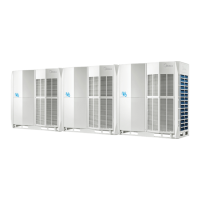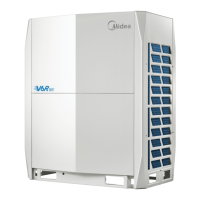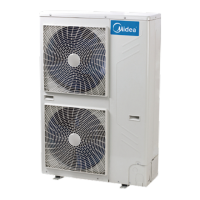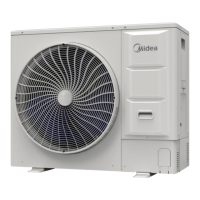Part 3
-
System Design and Installation
2.1.5 Acceptance and unpacking
2.1.6 Hoisting
2.2 Indoor Units
2.2.1 Placement considerations
Placement of indoor units should take account of the following considerations:
Sufficient space for drain piping and for access during servicing and maintenance should be allowed.
To ensure a good cooling/heating effect, short-circuit ventilation (where outlet air returns quickly to a unit’s air inlet)
should be avoided.
To prevent excessive noise or vibration during operation, suspension rods or other weight-bearing fixings should
typically be able to bear twice the unit’s weight.
When units are delivered check whether any damage occurred during shipment. If there is damage to the surface
or outside of a unit, submit a written report to the shipping company.
Check that the model, specifications and quantity of the units delivered are as ordered.
Check that all accessories ordered have been included. Retain the Owner's Manual for future reference.
Do not remove any packaging before hoisting. If units are not packaged or if the packaging is damaged, use
suitable boards or packing material to protect the units.
Hoist one unit at a time, using two ropes to ensure stability.
Keep units upright during hoisting, ensuring that the angle to the vertical does not exceed 30°.
Before installing an indoor unit, check that the model to be installed is as specified in the construction drawings
and confirm the correct orientation of the unit.
Ensure that units are installed at the correct height.
To allow smooth condensate drainage and to ensure unit stability (to prevent excessive noise or vibration), ensure
that units are level to within 1° of the horizontal. If a unit is not level to within 1° of the horizontal, water leakage
or abnormal vibration/noise may occur.
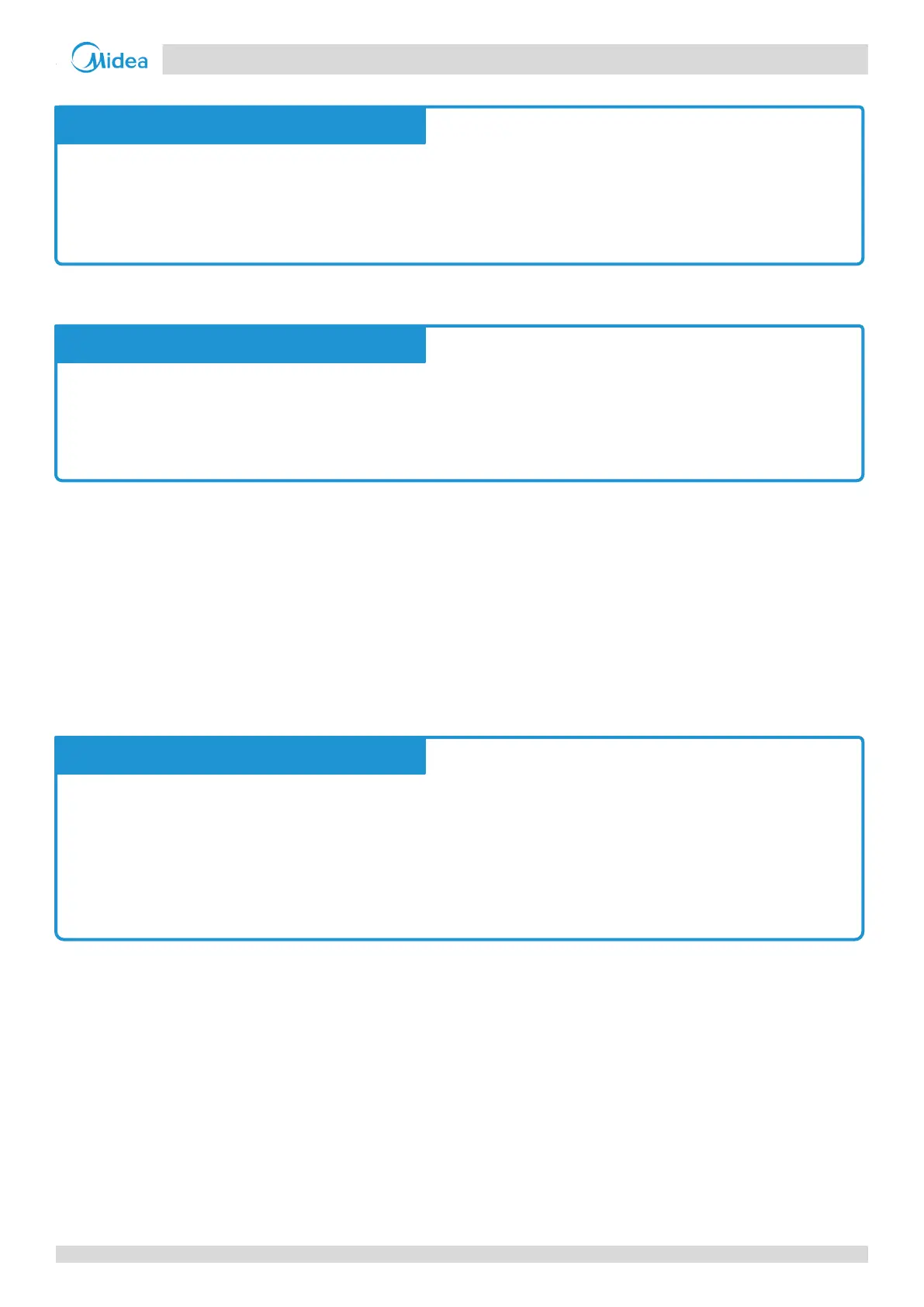